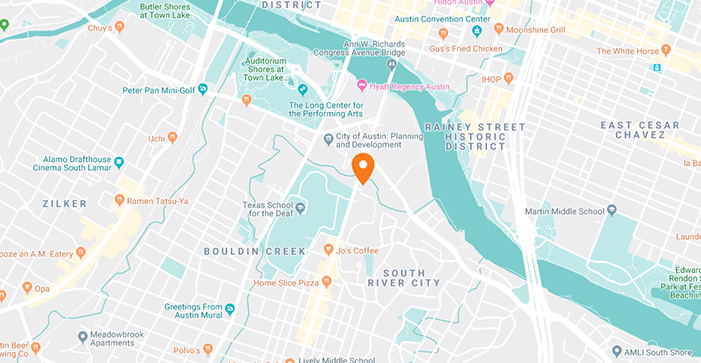Considering filing for divorce in Texas? The cost and complexity of getting divorced and hiring a lawyer or attorney in the Lone Star State can vary widely based on several factors, including the number and type of assets involved, whether there are children in the picture, and whether the divorce is contested or uncontested.
Because of that, there is no single process for getting divorced in Austin, Texas. However, there are a number of required and recommended actions to take depending on your unique situation. In general, if you are ready to end your marriage and would like to file for divorce in Texas, you should take the following steps:
- Confirm residency. To file for divorce in Texas, one of the spouses involved has to have been a resident of the county in which the divorce is filed for a minimum of 90 days before filing. It is important to file in the correct location in order to avoid confusion and roadblocks.
2. Determine whether the divorce is contested or uncontested. An uncontested divorce is one in which both spouses are willing to split and have agreed to all the terms of the divorce. Often, an uncontested divorce can be settled outside of court. To come to a marital settlement agreement about the terms of a divorce, you can hire a family law attorney or a lawyer, especially if there are children or assets involved.
3. Submit your forms. The spouse filing for divorce (called “the petitioner”) must submit a “Original Petition for Divorce.” The other spouse (“the respondent”) must then acknowledge and respond to the petition. The forms that you must submit related to a divorce will depend on your situation. When filing for an uncontested divorce with no shared assets or children, you can fill out simplified forms online. For more complex cases, you should seek the assistance of an attorney who can ensure you fill out the proper forms at the proper time.
4. Attend hearings. Many divorce cases go to hearing, where decisions will be made about issues such as dividing property, alimony, and child custody arrangements. Your attorney or lawyer can help you gather evidence, build your case, and support you in a divorce hearing to ensure your divorce case is settled fairly and equitably.
5. Wait. In Texas, there is a mandatory waiting period of 60 days to finalize a divorce after all the paperwork has been completed and submitted. In some cases, such as instances of family violence, this waiting period can be waived.
This blog does not constitute legal advice. If you have questions about filing for divorce in Texas or need legal assistance with your divorce, a family law attorney can guide you through the process. Legal representation is especially important if the divorce is contested, if you and your spouse have shared property, if you and your spouse have children, or if you need alimony. To speak with the experts at Sandoval Family Law, please send us an email or call 512-580-2449. We serve Travis County and Austin, TX.



